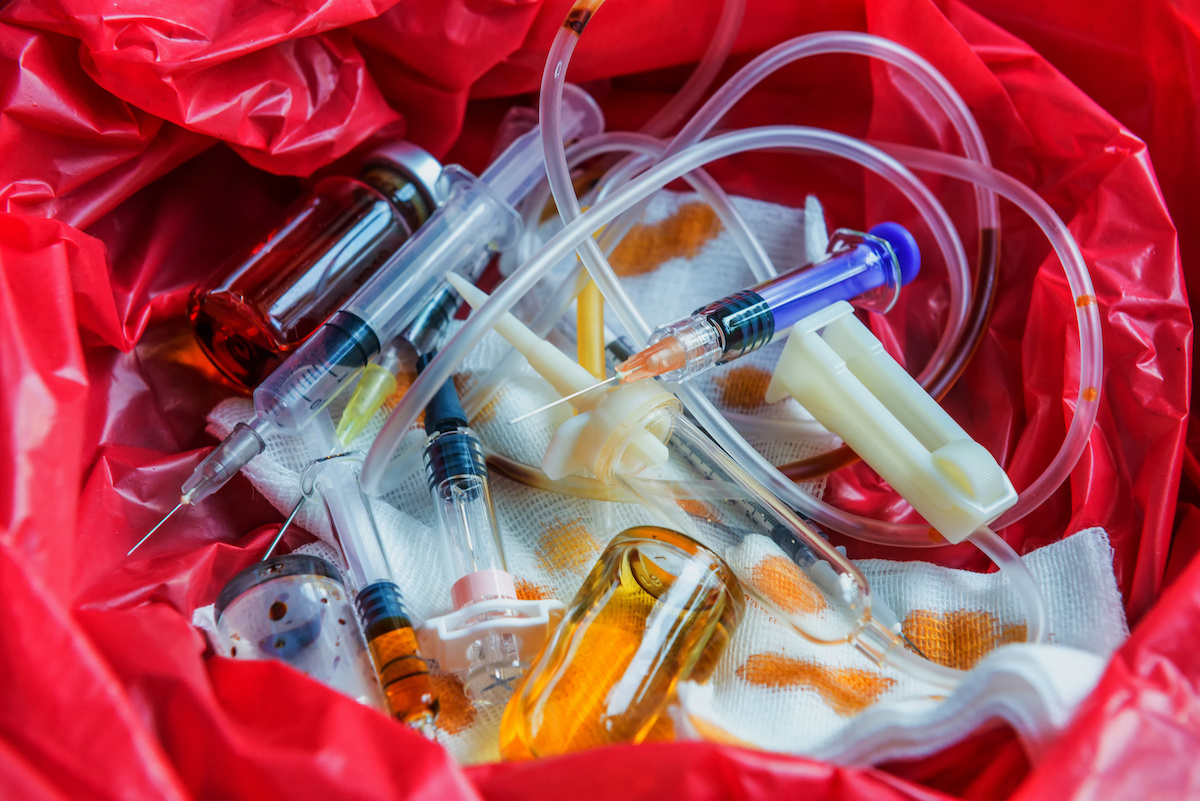Why do proteins not pass through plasma membranes?
They contain nitrogen.
They cause emulsification.
The membrane is made of protein.
They are very large molecules.
They bind to the phospholipids.
The Correct Answer is D
Choice A rationale: Proteins contain nitrogen, but this is not the reason why they cannot pass through plasma membranes. Nitrogen is a common element in many organic molecules, including nucleic acids and amino acids, which can cross the membrane under certain conditions.
Choice B rationale: Proteins do not cause emulsification, which is the process of breaking down large fat droplets into smaller ones. Emulsification is facilitated by bile salts, which are amphipathic molecules that have both hydrophilic and hydrophobic regions. Proteins are not amphipathic, and they do not interact with fats in this way.
Choice C rationale: The membrane is made of protein, but this does not prevent proteins from passing through it. The membrane is composed of a phospholipid bilayer with embedded proteins, which can act as channels, carriers, receptors, or enzymes for various substances. Some proteins can cross the membrane by using these transport proteins, or by endocytosis or exocytosis.
Choice D rationale: Proteins are very large molecules, and this is the main reason why they cannot pass through plasma membranes. The size of a molecule determines its permeability across the membrane, and proteins are too big to diffuse through the small gaps between the phospholipids or the pores of the transport proteins. Proteins can only cross the membrane by vesicular transport, which requires energy and specific signals.
Choice E rationale: Proteins do not bind to the phospholipids, which are the main components of the membrane. Phospholipids are also amphipathic molecules, with a hydrophilic head and a hydrophobic tail. Proteins are generally hydrophilic, and they do not associate with the hydrophobic core of the membrane. Proteins can bind to other proteins or carbohydrates on the surface of the membrane, but this does not affect their ability to cross it.
Nursing Test Bank
Naxlex Comprehensive Predictor Exams
Related Questions
Correct Answer is B
Explanation
Tonicity is the ability of a solution to cause water movement across a semi-permeable membrane, such as the cell membrane. In the lab, tonicity can be tested by observing the effects of different solutions on cells, such as red blood cells or plant cells. However, the items that have been contaminated with blood, such as slides, pipettes, or gloves, cannot be thrown away in the regular trash can, because they pose a biohazard risk. Biohazardous waste is any material that contains or has been exposed to infectious agents, such as blood, bacteria, viruses, or parasites. Biohazardous waste must be handled and disposed of according to specific safety protocols, such as using autoclaves, incinerators, or biohazard bags. Therefore, after testing tonicity in the lab, the items that have been contaminated with blood cannot be disposed of in the trash can.

Correct Answer is C
Explanation
Choice A rationale: Eukaryotes is incorrect because eukaryotes are organisms that have cells with a nucleus and other membrane-bound organelles, such as animals, plants, fungi, and protists. Some eukaryotes, such as protists, are microscopic and require microscopy to be studied, but others, such as animals and plants, are macroscopic and can be seen with the naked eye.
Choice B rationale: Fungi is incorrect because fungi are a group of eukaryotic organisms that include mushrooms, molds, yeasts, and lichens. Some fungi, such as yeasts and molds, are microscopic and require microscopy to be studied, but others, such as mushrooms and lichens, are macroscopic and can be seen with the naked eye.
Choice C rationale: Prokaryotes is correct because prokaryotes are organisms that have cells without a nucleus or other membrane-bound organelles, such as bacteria and archaea. All prokaryotes are microscopic and require microscopy to be studied. Prokaryotes are the smallest and most abundant living organisms on Earth.
Choice D rationale: Plants is incorrect because plants are a group of eukaryotic organisms that have cells with a cell wall, chloroplasts, and a large central vacuole, such as mosses, ferns, and flowering plants. Some plants, such as mosses and algae, are microscopic and require microscopy to be studied, but others, such as ferns and flowering plants, are macroscopic and can be seen with the naked eye.
Whether you are a student looking to ace your exams or a practicing nurse seeking to enhance your expertise , our nursing education contents will empower you with the confidence and competence to make a difference in the lives of patients and become a respected leader in the healthcare field.
Visit Naxlex, invest in your future and unlock endless possibilities with our unparalleled nursing education contents today
Report Wrong Answer on the Current Question
Do you disagree with the answer? If yes, what is your expected answer? Explain.
Kindly be descriptive with the issue you are facing.
